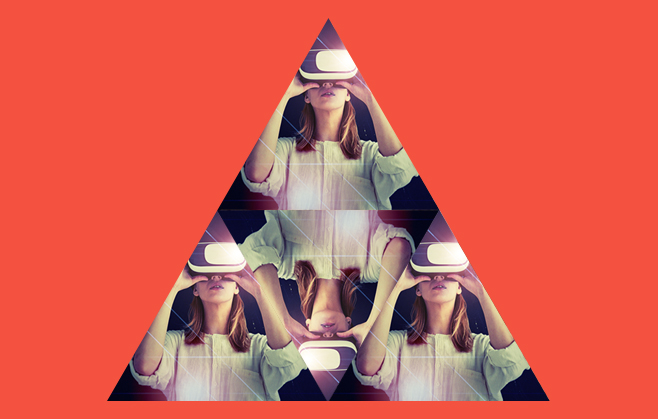
VR and Social Media: What’s coming in 2017?
Consumer technology is set to become a whole lot more immersive this year, as creators and developers seek to enhance the user experience. With virtual reality set to take centre stage, just how will it affect social media?
Firstly, we’ll expect some exciting new releases from Facebook, who late last year announced plans to let its users connect through VR, with a feature entitled Oculus Rooms. These will take the form of virtual hang out spaces where groups of friends can have their avatars socialise with each other, whether that be through playing games or watching videos. Compatible with the Samsung Galaxy Gear headset, users will be able to choose from a variety of entertainment options pulled up from their Facebook accounts, and view or play these in their very own living-room type space. There will also be a chat area available and an application launcher, enabling the user to launch other VR apps within the space. Evidently, it’s becoming clear just why Facebook purchased Oculus Rift for a cool $2 billion- and we believe Rooms is just the beginning of the company’s big VR plans.
And VR looks likely to continue impacting the world of social media, with new platforms launched solely to employ this technology. For example, we’ve seen the rise of vTime, one of the most popular VR social networks, where users can connect and share whilst using their VR devices. The social media app allows the user to create his or her avatar, and socialise with others in an array of different environments. There’s also the added element of video, with users able to broadcast their hangouts live, as well as have the ability to share 360 degree photos. The app’s biggest rival is AltspaceVR, which also lets users connect with each other, whether through a simple phone call or text, video call, or by interacting over gaming. Also hot on the scene is the app Amaze, which lets users connect with social media influencers, from viewing their exclusive VR videos, to following rising stars and their immersive content. Then there’s YouTube, who are ever expanding their collection of 360- degree VR videos, giving those who own a Daydream View or Google Cardboard headset a richer experience. The platform’s designated Virtual Reality channel has already amassed over 2.1 million subscribers, making it prime territory for news features, live events, as well as influencer and brand content.
But it’s Snapchat who clearly wants to be the VR frontrunner, as evidenced by the launch of its new wearable product, Spectacles. The company has recently undergone a series of changes as it gears up for its IPO this year, and this development will certainly be one of the most lucrative offerings. Spectacles look just like regular opticals, but will feature a camera to capture video immediately when shared to the Snapchat app through the user’s smartphone. These videos will record circular video with a 115-degree visual field, making snaps appear wider, and similar to how an image is seen through binocular lenses. With the product likely to launch this year, this will put Snapchat in the same arena as its bigger tech and social media rivals such as Facebook and Google, both of whom have VR wearable devices under their wings.
Where do you think that VR in social media is heading towards this year? Are you a regular visitor of social VR platforms? We’d love to hear your thoughts, so please tweet to us @PracticeDigital and share your comments on our Facebook page.




